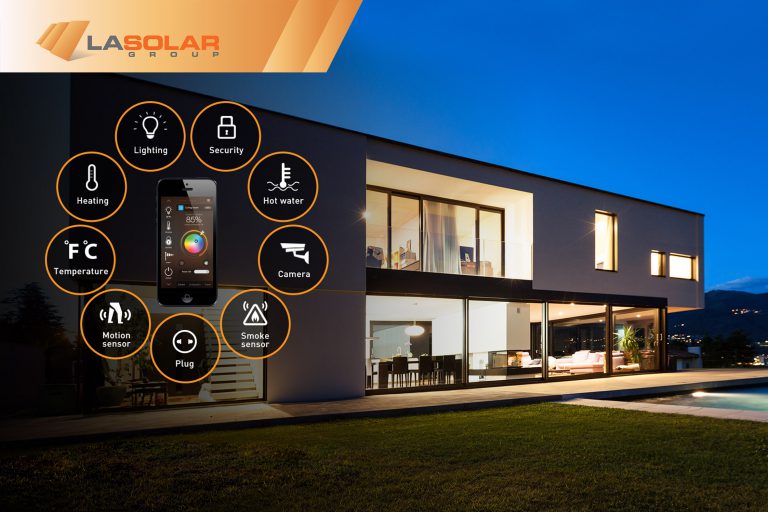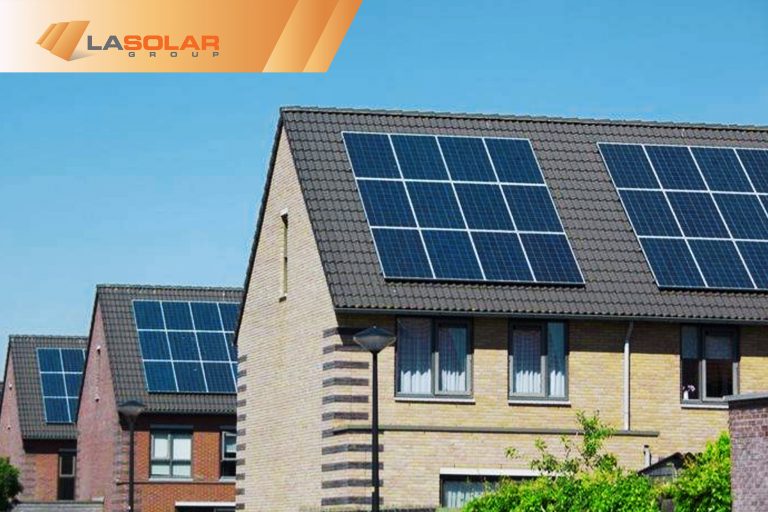What is it about a Solar Photovoltaic (PV) System that makes it such a worthwhile investment? Simple – Production. It is all about solar production. Asking how much production the system will bring to the property to offset the consumption of electricity that is delivered by the utility company is an important question.
In order to get the most productivity from a solar system, our engineers consider the following factors:
– Property location / climate
– Time of year / season weather
– Solar array azimuth and angle
– Potential shading and obstructions
– Solar module size and efficiency
– Annual solar panel degradation
Property and Location
The type of property that will be installing solar will determine how and where the system will be installed. Since about 85% of residential installations are rooftop solar, the roof structure may be a complex hip roof with dormers, vents, skylights or maybe as simple as a straightforward gable roof. Location is also important as well because the annual climate and weather patterns will have an effect on productivity. Homes in Malibu will have different production estimates than homes in Palm Springs.
Time of year / season weather
Solar production will never be constant throughout the year. That’s due to how much sunshine we receive from the summer months compared to the winter months. The most sun we can get in a day is during the summer solstice when the sun is higher in the sky and sets later in the day. During the winter solstice the sun path is shorter, sets earlier in the day and shines lower in the sky.
Solar array azimuth toward the sun
To the get most optimal production with a solar system, the PV array should absorb as much solar energy in a day as possible. So with the sun rising from the east and setting in the west, there’s no question that a south facing solar system is best direction for an installation. Some roofs have a perfect (180°) south-facing roof toward the sun. Yet, the majority of rooftops have an azimuth in various directions toward the sun. With such homes, the goal is to evaluate the most ideal locations to install the solar system. Now since the sun shine’s all day, that’s 90° to 270° of sunlight. Hence, as long as there’s roof space that is southing facing, we’re taking full advantage of the solar panel’s capability to capture sunlight and convert it into energy for the property.
Tilt degree of the array
Many rooftops have a variety of angles ranging from flat to steep. The majority of homes will have roofs angles between 15° to 25° which is perfect for a south-facing solar system. Solar systems on flat roofs will need to be directed toward the sun so by tilting the array 10° to 15° such properties will be able to maximize on the production.
Potential shading and obstructions
Trees, chimney, a/c unit, a second or third story roof, a hilltop, a mountain range, an adjacent building are examples of how shade may interfere with a solar system’s production. Ideally, it’s best to avoid any potential shading issues, however that is not always possible so a system’s production estimate will have to reflect the amount of shading that is present and during what time of day and how long the shading occurs.
Other obstructions are elements that restrict solar panels to be added to the array. This leads to a smaller solar system size which will produce less solar energy. Plumbing ventilations, heat/exhaust ventilation (T-top, Turbine, J-vents).
Solar module size and efficiency
The amount of photovoltaic cells on a single solar panel (Module) dictates the panel’s size. Despite such a wide variety of solar panels available, the most popular contain either 60 or 72 cells in each solar panel. Manufactures design solar panels that vary in power that’s translated in Wattage. Wattage is the sum of how much electricity the panel can generate. For example, a 300 Watt panel is capable of producing that more electricity than a 250 Watt panel.
Soiling is another component that will determine a panel’s production. Soiling happens when pollution, dust, dirt, collect on top of the panel over a long period of time. This will reduce the system’s efficiency. What’s great is that panels are 100% waterproof so a rainy day or a hose down will improve its energy production.
Annual solar panel degradation
Manufactures know that the design of the panels are not meant to last forever. Every photovoltaic panel in the market has a degradation factor meaning that over time the panel will eventually lose its efficiency and production. Although a panel at year 10 will not produce at the same amount of electricity at year 1, manufactures provide customers a guaranteed production based on how much a panel degrades over time. For example, a panel that degrades .07% per year and produced 10,000 kW/h in the first year, it will produce 7000 kW/h at year 10.
How LA SOLAR GROUP calculates solar production
With so many solar companies out there, how can one trust that they are receiving the most accurate production estimate? These key factors can help make the difference:
– Solar Contractor License (C-46)
– Production Guarantee
– Business Track Record
– Algorithms determined by the National Renewable Energy Laboratory
Although many solar installers exist, it’s important to differentiate them from one another. Many solar companies in the industry sub-contract their installations because they don’t carry the appropriate license to property install a solar. They’re not experts, they’re not engineers. They’re facilitators that distribute a solar installation to an outside source. Many of these companies are focused on sales acquisition – over-promising, only to under-deliver. They may intrigue a property owner with a high productive system without taking into account the factors highlighted in this blog. Our recommendation is to check a company’s license (visit www.cslb.ca.gov) to ensure a property owner is dealing directly with an expert.





